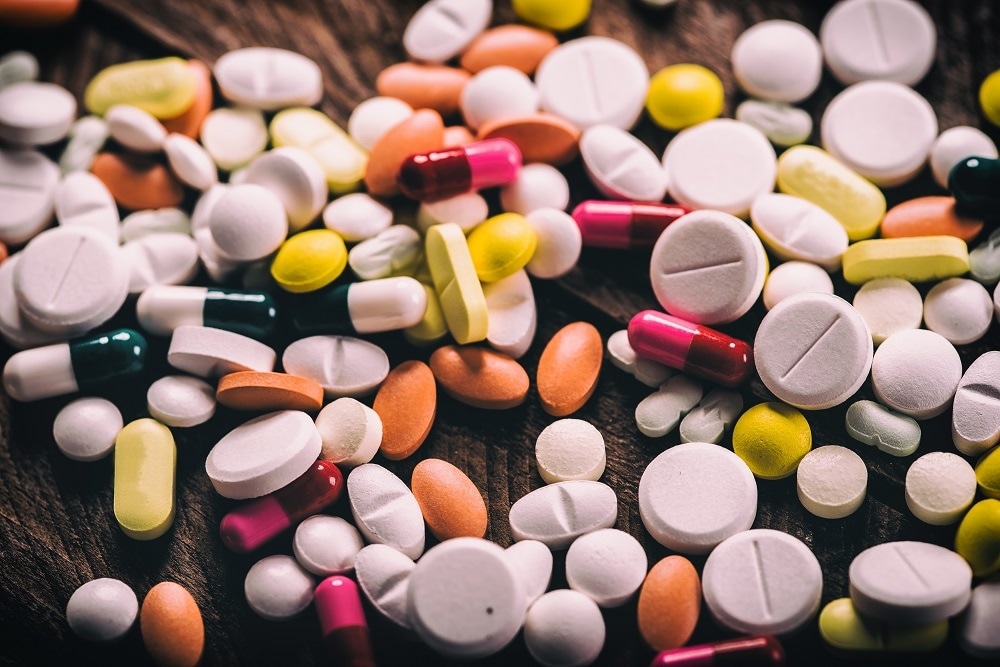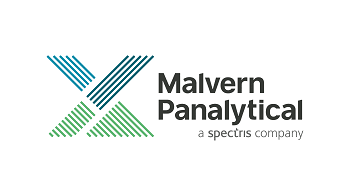In the regulated pharmaceutical industry, drug formulation is an important step where precisely specified and measured components are carefully blended and processed to produce a final product that can be later administered to deliver the preferred clinical dose.

Image Credits: MonikaGruszewicz/shutterstock.com
However, the production of counterfeit drugs poses a major challenge to the pharmaceutical industry. These drugs can endanger health, threaten reputation and, in the long term, reduce the funds required to drive pharmaceutical innovation. Although counterfeit products are often packaged convincingly, they may have particular components substituted or completely removed, and/or extra components included.
If the composition of illegal drugs is investigated, it can provide some understanding about their provenance to criminals operating in this area. However, contaminants and/or bulking agents and fake actives cannot be robustly detected and identified, hampering efforts to inspect the associated crimes.
Also, it is a substantial and complex activity to track down and stop counterfeiting operations, requiring highly effective analytical strategies.
Morphologically-Directed Raman Spectroscopy (MDRS) is a robust method that integrates automated particle imaging with Raman spectroscopy to offer particle shape, size and chemical identification. These unique capabilities make MDRS an innovative and valuable tool for inspecting counterfeit drugs and subsequent adjudication.

This information has been sourced, reviewed and adapted from materials provided by Malvern Panalytical.
For more information on this source, please visit Malvern Panalytical.